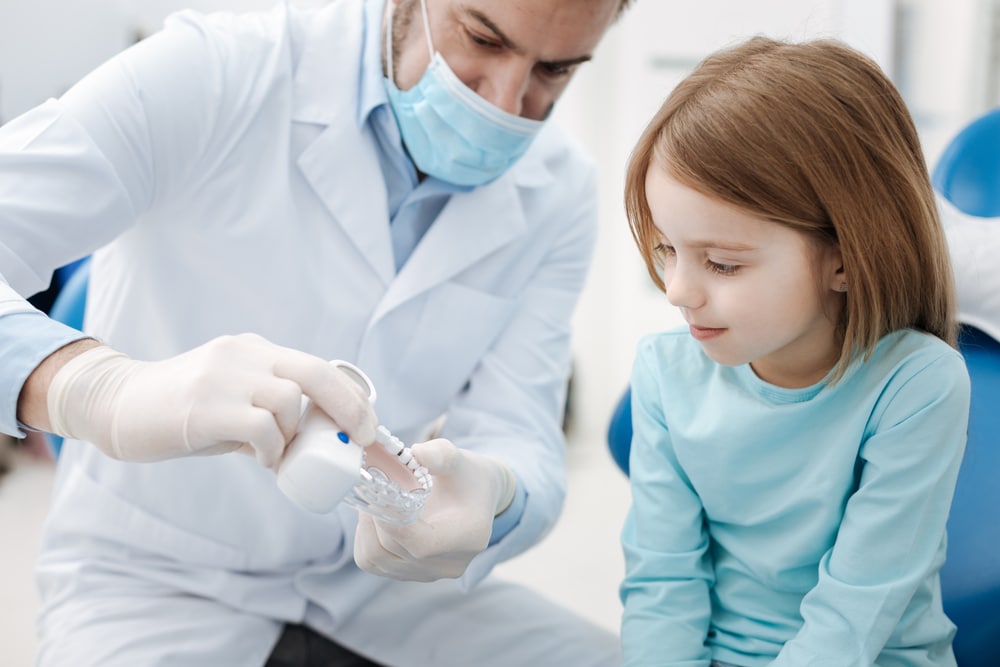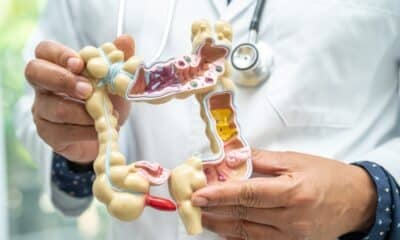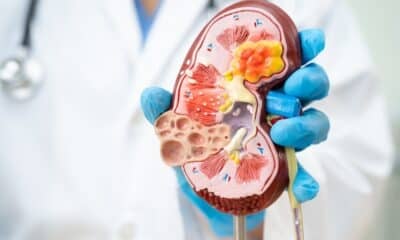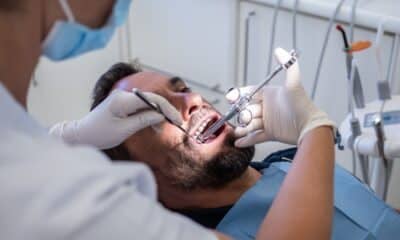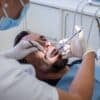Strategies For Improving School-Based Oral Health Education
Despite being crucial for overall health, the education on proper tooth and gum care for young people is insufficient in many schools. It raises concerns about whether educational institutions are doing enough to instruct students on oral health. This important wellness component often falls by the wayside in school health programs, leaving a gap in children’s understanding of how to maintain a healthy mouth.
Perspectives from a London Cosmetic Dentist
Since dental decay stands as one of the most common yet preventable childhood diseases, and considering its impact on long-term health and confidence, the need for an improved focus on oral hygiene education is evident. This piece examines the current scenario of oral health teachings in schools, the critical nature of this early education, and how enhancements in teaching could benefit young people’s dental well-being for the long haul. Cosmetics expert Dr. Sahil Patel of the Marylebone Smile Clinic contributes insights on what actions might bolster this essential education area.
The Current Landscape of Dental Health Lessons in Educational Settings
While most schools incorporate lessons on health and personal upkeep, subjects such as oral care sometimes receive minimal attention, or are only briefly mentioned within wider health-related topics. The intricacies of oral hygiene tend to go unaddressed, beyond the basic admonition to brush teeth twice a day.
Dr. Sahil Patel points out the significance of consistent and early oral health education to avert common dental ailments like cavities and periodontal troubles. It’s unfortunate that many students obtain limited formal instruction about dental upkeep, potentially leaving them less equipped to safeguard their dental health into adulthood.
Disparities in Dental Health Education Between Schools
There’s a notable discrepancy in oral health education offerings across various educational establishments. Some institutions have specialized classes on dental maintenance, while others may only skim the topic during a standard health or sciences course. This inconsistency results in an uneven distribution of knowledge among the student population.
Frequently, schools must depend on external dental health initiatives or guest appearances by dental practitioners to fill this educational void. Although beneficial, these visits are sporadic and may not deliver the continuous teaching required for establishing enduring oral health routines.
Other Health Subjects Taking Precedence
Topics like physical activity, nutritious eating, and mental wellness often receive more attention in school programs than oral health, which might lead pupils to underestimate its importance or fail to see how it relates to their overall health. Neglecting dental care can have serious repercussions, such as infections or more complex health issues in future years.
It is crucial to equate oral health education with other significant health matters in school programs. Thereby, students can gain a holistic understanding of how comprehensive dental care contributes to their wider well-being.
The Significance of Starting Oral Health Instruction Early
Forming solid dental care habits in the early stages of life is foundational to their persistence. When children are properly educated about dental health at a young age, they’re more apt to continue these beneficial behaviors, thereby diminishing the likelihood of developing dental issues later on. Schools have a unique chance to influence their students during these impressionable years, potentially setting them up for a future of healthy smiles.
Combating Dental Decay and Gum Illness
Despite its title as a leading chronic disease among the youth, dental decay is completely avoidable with appropriate care. By effectively teaching children the proper techniques for brushing and flossing, the significance of consistent dental check-ups, and the risks inherent in excessive sugar consumption, cavities and periodontal disease can be circumvented.
Furthermore, early education on oral hygiene can enlighten children about the repercussions of neglecting dental health, encouraging them to adhere to their oral care routines proactively.
Cultivating Habits For a Lifetime
Developing positive rituals early in life often sets the stage for continued practices into adulthood. Through emphasizing the necessity of daily teeth cleaning, flossing, and routine dental evaluations within the school environment, children can establish steadfast routines to safeguard their oral health for the years ahead.
Children who gain early and ongoing instruction in dental care are likelier to sustain regular dentist appointments, consume fewer sugary items, and proactively tend to their oral health. These habits can substantially diminish dental complications as they mature.
Alleviating Fears Associated with Dentistry
Dental apprehension is common amongst youths and can persist into adulthood. Introducing children early to the realm of dental care can help allay these fears. School-facilitated oral health education can demystify what transpires during a dental examination, explaining the importance and normalcy of these visits for upholding a healthy mouth.
Educational initiatives that involve interactive sessions with dental professionals can also make children more comfortable with these necessary healthcare providers. With a clear understanding that dental check-ups are a routine aspect of healthcare, children’s tendencies towards anxiety and avoidance can be mitigated.
Enacting Improvements in Dental Health Education Within Schools
Schools need to adopt a multi-faceted strategy to strengthen oral health education. Despite facing limitations in resources and time, there are several methods for incorporating dental care knowledge into the existing curriculum and school activities.
Blending Oral Health With Existing Health and Science Modules
An efficient way to bolster oral health learning is its integration into current health and science curriculum. Education on the human body, nutrition, and personal hygiene already present in schools sets a solid groundwork for expanding this to include more comprehensive oral health topics.
Classes can delve into subjects such as oral anatomy, tooth development, factors contributing to tooth decay and periodontal disease, plus the significance of maintaining dental hygiene. Lessons can further educate students on the interplay between oral health and general bodily health, reinforcing the importance of dental maintenance in the context of overall wellness.
Opportunities for Practical Learning Experiences
Engaging students in hands-on activities can also render oral health education more impactful and lasting. For example,
Educational institutes have the opportunity to distribute toothbrushes and dental models to students to foster hands-on learning of brushing and flossing techniques. Visual tools like diagrams or instructional videos can clarify how tooth decay occurs and emphasize the significance of oral hygiene.
Experts in cosmetic dentistry suggest that involving interactive components in lessons about oral health can enhance their impact. When schools allow students to apply their learning in a practical context, they empower them to maintain their dental health effectively.
Forging Bonds With Neighborhood Dentists
Oral health instruction in schools can be bolstered through collaborations with neighborhood dental practitioners and organizations. Many dentists are willing to engage with educational institutions, offering essential information, resources, and activities such as dental checks, informative talks, and demonstrations on correct dental hygiene.
These alliances may also provide schools with extra provisions, including toothbrushes, toothpaste, and learning materials for students to bring home, enabling a more rounded and action-oriented educational experience when it comes to oral health care.
Broadening Dental Care Availability
Beyond instruction, some educational institutions proactively supply direct dental services to pupils. In-school dental care initiatives—offering services like tooth cleanings, fluoride applications, and the placement of dental sealants—can be particularly beneficial to children lacking access to routine dental visits.
These efforts are crucial in underprivileged areas where kids are more prone to dental issues due to limited resources. Implementing preventative dental care in educational settings can play a significant role in lessening the occurrence of cavities and periodontal conditions while reinforcing the value of oral health care to students.
Final Thoughts: The Imperative of Enhanced Oral Health Education
The importance of dental health to one’s overall wellness cannot be overstated, yet it is a topic that often does not get the attention it deserves in the educational context. By revamping dental care curriculum and prioritizing oral health education, we can support children in forging habits that will protect their dental health for years to come. Through dedicated instruction, experiential learning, and the involvement of dental professionals, educational institutions can significantly contribute to diminishing dental diseases and nurturing a generation with vibrant, healthy smiles.

